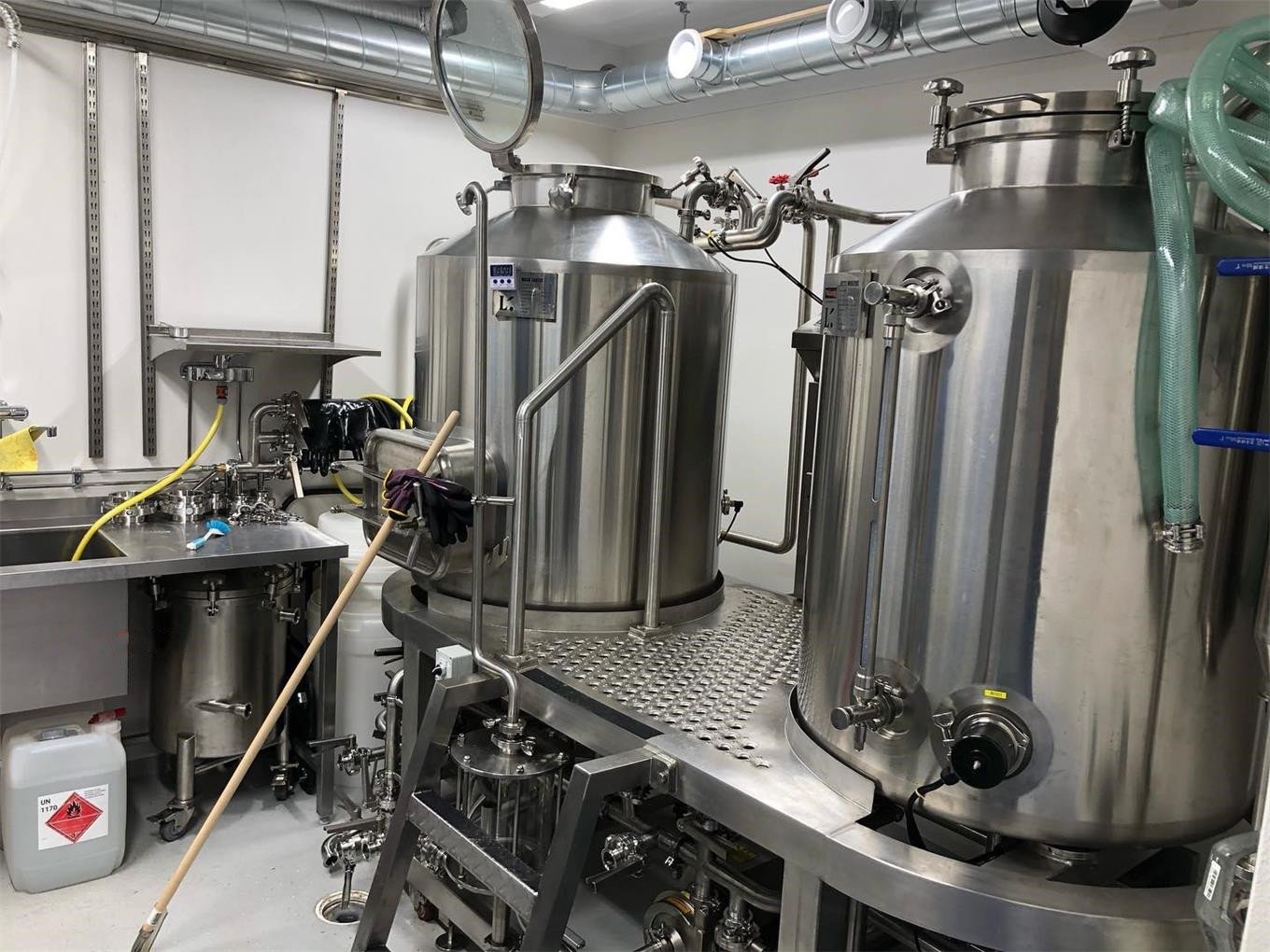Brewing Equipment
Brewing beer is as much an art as it is a science. Whether you’re a homebrew enthusiast or planning to scale up to a commercial setup, understanding brewing equipment is essential to crafting a perfect pint. Let’s dive into the essentials, troubleshoot common issues, explore the brewing process, and compare options to help you make the best choices for your needs.
Overview of Brewing Equipment
Brewing equipment is the backbone of beer production, encompassing everything from small-scale homebrew kits to advanced commercial brewing systems. The primary goal of this equipment is to transform basic ingredients—malted grains, hops, yeast, and water—into a finely crafted beverage through a series of controlled processes.
Key Components:
- Mash Tuns: For steeping grains in water to extract fermentable sugars.
- Boil Kettles: To boil the wort and add hops for bitterness and aroma.
- Fermenters: Where yeast ferments the wort into beer.
- Cooling Systems: Essential for bringing the wort to fermentation temperature quickly.
- Packaging Systems: Bottles, kegs, or cans for distributing your final product.
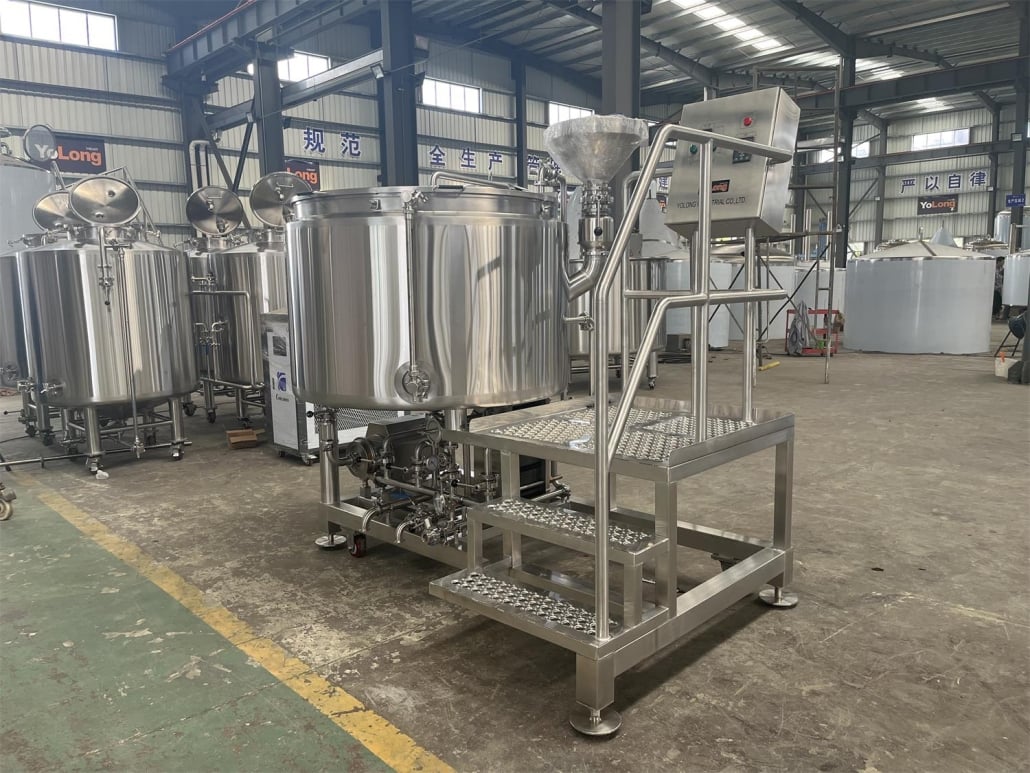
Troubleshooting Common Issues with Beer Fermenters
Fermenters play a crucial role in beer production, but they’re not without their challenges. Let’s look at some common problems and how to tackle them:
1. Stuck Fermentation
Symptoms: The fermentation process stops prematurely, leaving a sweet beer with low alcohol content.
Solutions:
- Check the temperature. Yeast activity can stall if it’s too cold or hot.
- Oxygenate the wort before pitching the yeast.
- Use fresh, high-quality yeast or add yeast nutrients.
2. Contamination
Symptoms: Off-flavors, odd smells, or visible mold in the fermenter.
Solutions:
- Always sanitize equipment thoroughly before use.
- Avoid opening the fermenter unnecessarily.
- Use an airlock to maintain a sealed environment.
3. Over-pressurization
Symptoms: Fermenter seals burst or airlocks pop out.
Solutions:
- Install a blow-off tube for vigorous fermentations.
- Monitor fermentation closely, especially in the initial stages.
The Brewing Process: From Grain to Glass
Brewing is a journey that transforms humble ingredients into a masterpiece. Here’s a step-by-step breakdown:
1. Mashing
The process begins with mashing, where crushed grains are soaked in hot water to convert starches into fermentable sugars. Think of it like brewing a giant pot of oatmeal with precision.
2. Lautering
After mashing, the sweet liquid (wort) is separated from the spent grains. Lautering acts as a filter, much like draining pasta water but keeping the flavor-packed wort.
3. Boiling
The wort is brought to a vigorous boil, hops are added for bitterness and aroma, and the mixture is sterilized.
4. Cooling
Quickly cooling the wort is essential to prepare it for fermentation. This step prevents contamination and ensures the yeast gets an optimal environment.
5. Fermentation
Yeast is added, and the wort is left to ferment. This is where sugar transforms into alcohol and CO2—the magic of brewing.
6. Packaging
The beer is carbonated and packaged in bottles, kegs, or cans, ready for distribution or enjoyment.
Comparison of Brewing Equipment Specifications
| Feature | Capacity | Space Requirements | Design & Layout | Customization Options |
|---|---|---|---|---|
| Homebrew Kits | 5-10 gallons | Compact, tabletop | Simple, modular | Minimal |
| Pilot Systems | 10-30 gallons | Small dedicated space | Semi-automated | Moderate |
| Commercial Systems | 1-100 barrels | Large industrial area | Fully automated | Extensive |

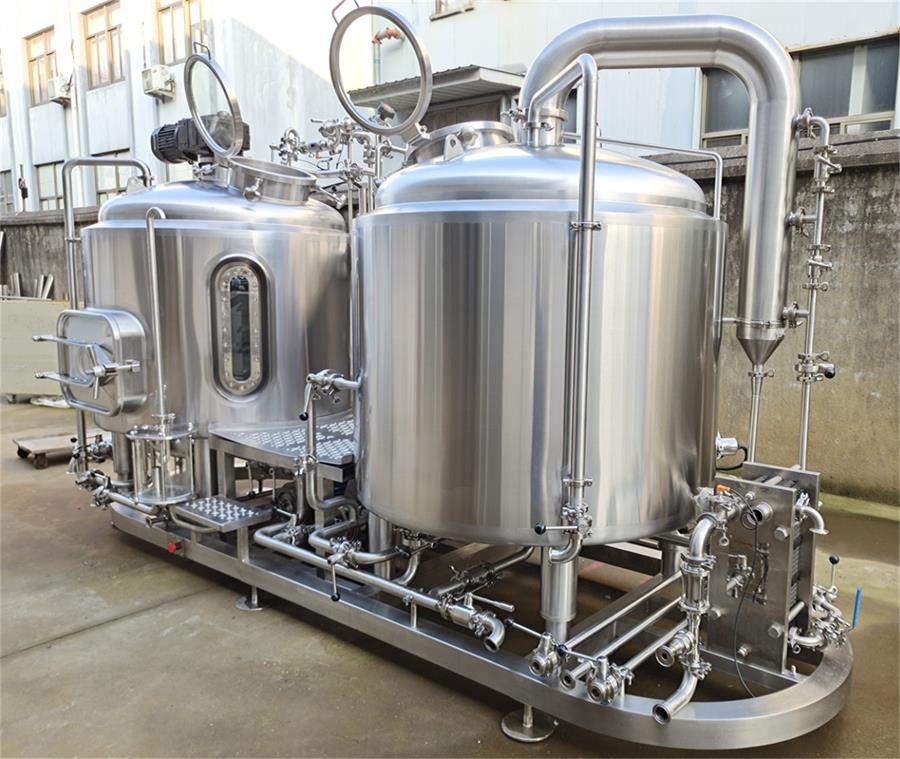
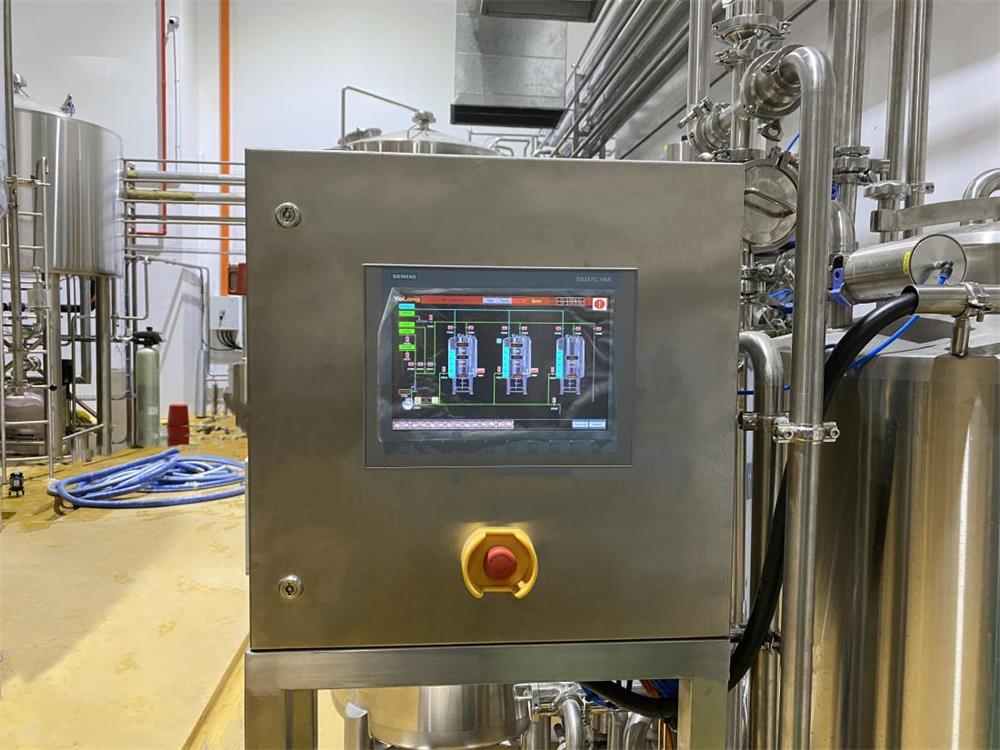
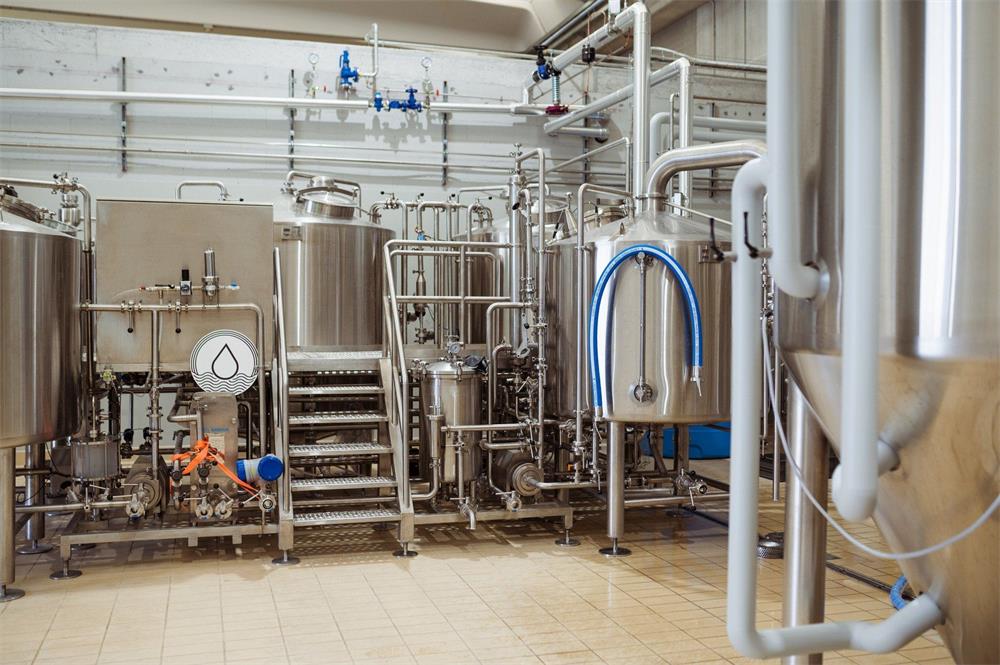
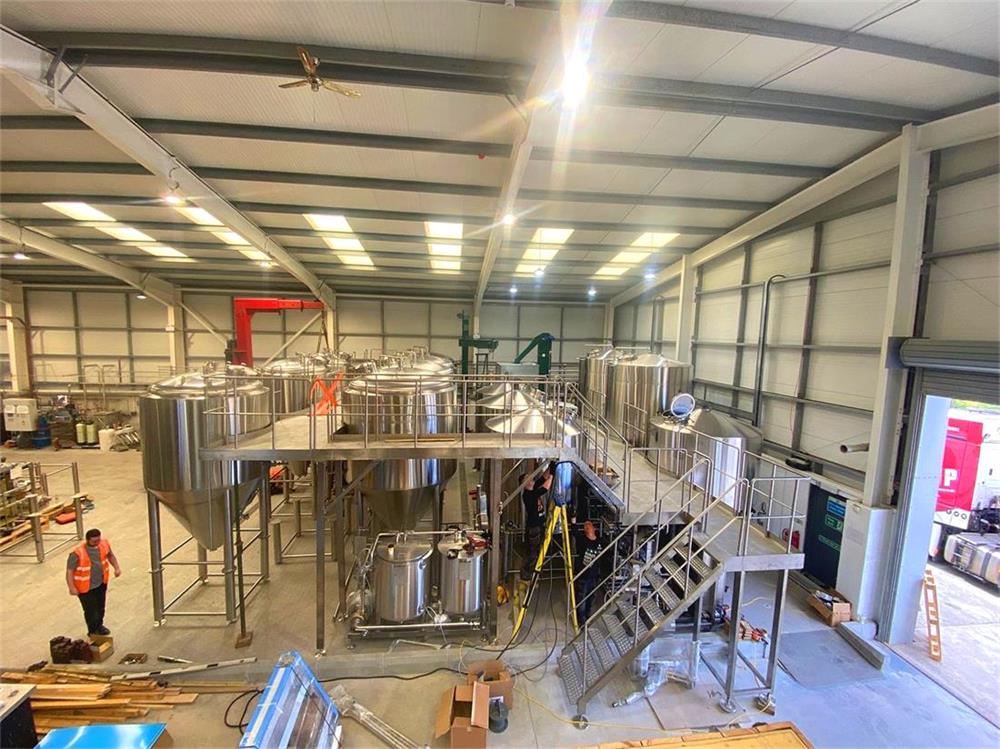
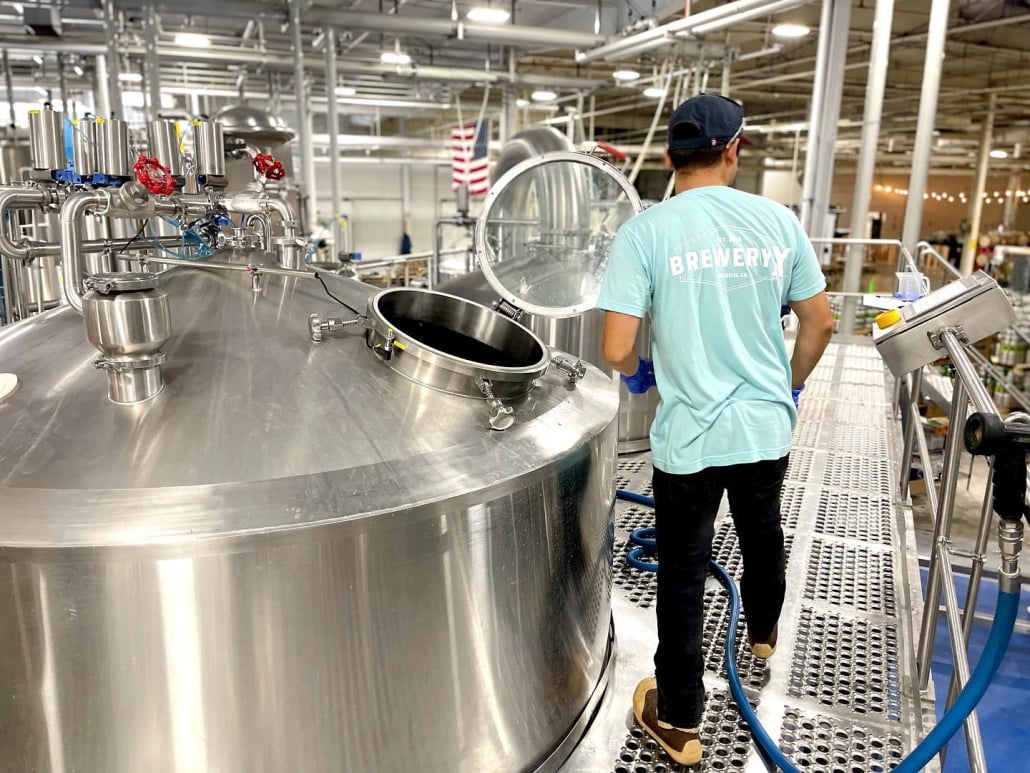
Suppliers and Price Ranges
| Supplier | Equipment Offered | Price Range | Region |
|---|---|---|---|
| BrewTech | Homebrew to Commercial | $500 – $50,000 | Global |
| Blichmann | Homebrew Systems | $300 – $3,000 | North America |
| Ss BrewTech | Advanced Brewing Gear | $1,000 – $20,000 | Worldwide |
| BrauKon | Commercial Systems | $50,000 – $500,000+ | Europe, US |
Installation, Operation, and Maintenance
| Aspect | Details |
|---|---|
| Installation | Professional installation for large systems; simple setup for home kits. |
| Operation | Follow user manuals; automated systems simplify the brewing process. |
| Maintenance | Regular cleaning and servicing to avoid contamination and equipment wear. |
How to Choose Brewing Equipment
Choosing the right brewing equipment depends on your goals, budget, and available space. Here are some tips:
- Assess Your Needs: Are you brewing for fun, starting a small brewery, or scaling up a large operation?
- Set a Budget: Factor in not just the cost of equipment but also installation and maintenance.
- Research Suppliers: Look for reputable brands with strong customer support.
- Consider Customization: Larger systems often offer more flexibility but come at a higher cost.
- Plan Your Space: Measure your available area to ensure a good fit.
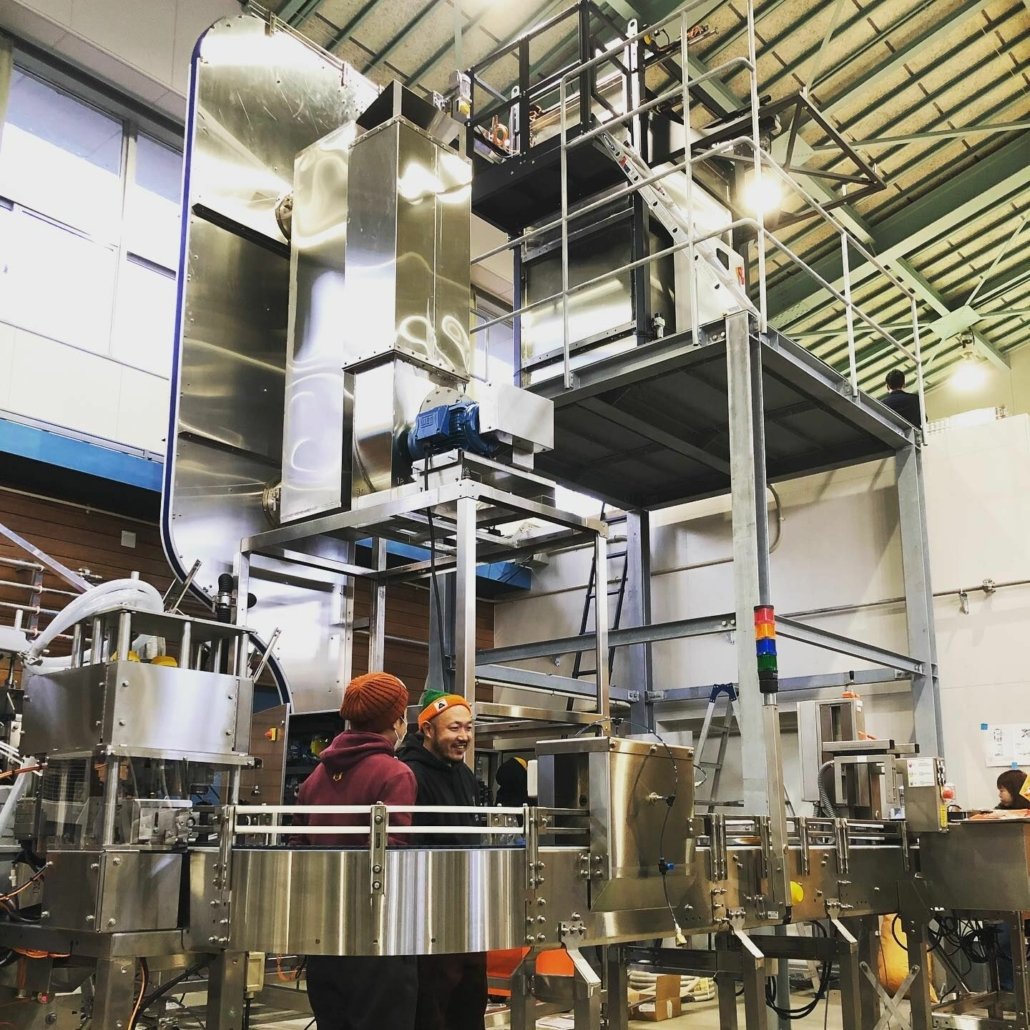
Advantages and Limitations of Brewing Equipment
| Aspect | Advantages | Limitations |
|---|---|---|
| Homebrew Kits | Affordable, beginner-friendly | Limited capacity |
| Pilot Systems | Great for experimentation | Higher upfront cost |
| Commercial Systems | High production volume, automated processes | Expensive and space-intensive |
FAQ
| Question | Answer |
|---|---|
| What’s the best brewing equipment for beginners? | Homebrew kits with clear instructions are ideal for newcomers. |
| How much does a commercial brewing system cost? | Prices range from $50,000 to over $500,000 depending on size and features. |
| How do I clean brewing equipment? | Use food-grade cleaners and sanitizers; follow manufacturer guidelines. |
| Can I upgrade homebrew equipment? | Yes, modular systems allow for easy upgrades over time. |
Frequently Asked Questions (FAQ)
1) What utilities do I need to plan for when buying Brewing Equipment?
- Typically 3‑phase power, natural gas/steam, potable water with adequate pressure, floor drains with trenching, and a glycol chiller loop. Verify electrical panel capacity and ventilation/stack requirements before purchase.
2) How do I size a glycol chiller for my brewhouse and fermenters?
- Calculate peak load (number of active fermentations + crash cooling). As a rule of thumb: 1–1.5 kW per bbl for crash, plus 15–25% safety margin. Insulate trunk lines and verify pump head for all jackets.
3) Is steam, direct‑fire, or electric best for my Brewing Equipment?
- Steam offers the best control and uniformity for 7 bbl+ systems; direct‑fire has lower CapEx but less uniform heating; electric is precise and clean but may raise operating costs depending on kWh rates.
4) Which QA instruments deliver the biggest quality return early on?
- Dissolved oxygen (DO) meter, pH meter, hydrometer or densitometer, temperature logging, and a CO2 meter for packaged beer. These protect flavor stability and consistency across batches.
5) What are the most overlooked maintenance tasks?
- CIP validation (spray‑ball coverage), PRV testing on unitanks, heat‑exchanger descaling, gasket replacement schedules, and DO/CO2 sensor calibration. Skipping these raises contamination and oxygen pickup risks.
2025 Industry Trends: Brewing Equipment
- Energy efficiency by design: vent condensers, wort heat recovery, and VFD pumps are standard on mid‑tier systems, cutting energy/bbl by 10–25%.
- Smart cellars: tank‑level, temperature, and pressure sensors with mobile alerts and predictive control shorten VDK rests and reduce tank turns by 5–10%.
- Low‑oxygen practices: closed transfers, purgeable hop dosers, and inline DO monitoring move from “nice to have” to baseline in hop‑forward programs.
- Safety and compliance: CO2 monitoring interlocks and wastewater pretreatment plans increasingly required by insurers and municipalities.
- Used market strength: active secondary market provides 10–20% savings versus new equipment; pressure certifications and jacket integrity must be verified.
2025 Benchmark Specs and Costs for Brewing Equipment
| Category | Typical Spec (2025) | Cost Range (USD) | Planning Notes | Sources |
|---|---|---|---|---|
| Brewhouse (5–15 bbl) | 2–3 vessel, semi‑auto, steam/direct‑fire | 45,000–180,000 | Mash mixer + lauter rake improves efficiency | Brewers Association (BA), vendor catalogs |
| Fermenters (7–15 bbl) | Jacketed, PRV 15–30 psi, CIP-ready | 6,000–22,000 each | Add closed hop doser for LODO | MBAA TQ, supplier specs |
| Bright Tanks (7–15 bbl) | Dimple jacket, carb stone, 30 psi | 5,000–18,000 | Improves packaging turnaround | Supplier sheets |
| Glycol System | 3–15 HP, 30–35% glycol | 8,000–40,000 | Size for crash load + 20% margin | ASBC utilities guides |
| Plate Heat Exchanger | 2‑stage (glycol + mains) | 3,000–12,000 | Enables hot liquor heat recovery | BA sustainability |
| Inline QA | Portable DO/CO2, pH | 3,500–15,000 | Biggest early QA impact | ASBC Methods |
| CIP Skid | Dual‑tank, heat + dosing | 6,000–25,000 | Reduces chemical use, labor | Vendor data |
References:
- Brewers Association technical and sustainability resources: https://www.brewersassociation.org
- Master Brewers Association of the Americas (MBAA) Technical Quarterly: https://www.mbaa.com
- American Society of Brewing Chemists (ASBC) Methods: https://www.asbcnet.org
Latest Research Cases
Case Study 1: Heat Recovery + Closed Transfer Upgrade in a 10 bbl Brewhouse (2025)
Background: A small urban brewery faced rising utilities and hop aroma fade.
Solution: Installed a two‑stage plate heat exchanger with hot liquor tank recovery, vent condenser, and closed transfer lines with a purgeable hop doser and inline DO meter.
Results: 18% reduction in brewhouse energy per bbl; packaged DO decreased from 120–150 ppb to 35–50 ppb; shelf‑life sensory stability improved by ~4 weeks.
Case Study 2: Semi‑Automation to Stabilize Lauter Efficiency (2025)
Background: Inconsistent runoff times and brewhouse efficiency on a 15 bbl system.
Solution: Added VFD‑controlled lauter rakes, mash temperature automation, and turbidity‑based vorlauf timing.
Results: Brewhouse efficiency rose from 82% to 88%; lauter time cut by 14%; stuck mash incidents dropped to near zero.
Expert Opinions
- Dr. Tom Shellhammer, Professor of Fermentation Science, Oregon State University
Key viewpoint: “Instrumentation that quantifies oxygen and fermentation progress pays for itself by preserving hop aroma and driving consistent outcomes.” - Mitch Steele, Brewmaster/CEO, New Realm Brewing; author of “IPA”
Key viewpoint: “From whirlpool to bright tank, low‑oxygen Brewing Equipment and closed processes are now essential quality controls for hop‑forward beers.” - Katie Wallace, Sustainability leader in craft brewing
Key viewpoint: “Design for utilities first—heat recovery, efficient glycol loops, and CO2 safety—reduces operating costs and future‑proofs the brewhouse.”
Practical Tools/Resources
- Brewers Association: brewhouse design, cellar safety, sustainability calculators
https://www.brewersassociation.org - MBAA Technical Quarterly and podcasts: CIP validation, oxygen control, case studies
https://www.mbaa.com - ASBC Methods of Analysis: DO/CO2 measurement, QA/QC protocols
https://www.asbcnet.org - Utility sizing calculators (chillers, pumps, PRVs) and equipment specs
G&D Chillers, ProBrew, Alfa Laval (manufacturer portals) - OSHA/NIOSH CO2 safety resources for breweries
https://www.osha.gov
SEO note: Internally link to “Brewing Equipment,” “glycol chiller sizing,” “closed transfer systems,” and “brewery heat recovery.”
Last updated: 2025-08-28
Changelog: Added 5 FAQs; 2025 trends with benchmark table; two equipment-focused case studies; expert viewpoints; and curated tools/resources aligned to Brewing Equipment planning and operation
Next review date & triggers: 2026-02-01 or earlier if BA/MBAA publish new benchmarks, major supplier spec/pricing shifts occur, or utility rates change affecting equipment ROI
Share this entry
Interested in learning more about Brewing Systems including additional details and pricing information? Please use the form below to contact us!
YOLONG BREWERY EQUIPMENT FAQS
- Commercial Brewery / Craft Brewery / Microbrewery / Nanobrewery
- What is The Difference Between Craft Beer and Industrial Beer?
- The Bespoke Differences In Custom Brewing Systems
- Everything You Need to Know About Kettle Souring
- How to Choose Brewing Equipment for Your business?
- How To Choose The-Best Partner To Build Your Commercial Microbrewing System?
- Two Detection Sensors That You Need To Use In Your Brewhouse System
- Remote Control Applications in Brewing Equipment/How does it work?
- How To Clean Your Brand New Brewery Tanks?

